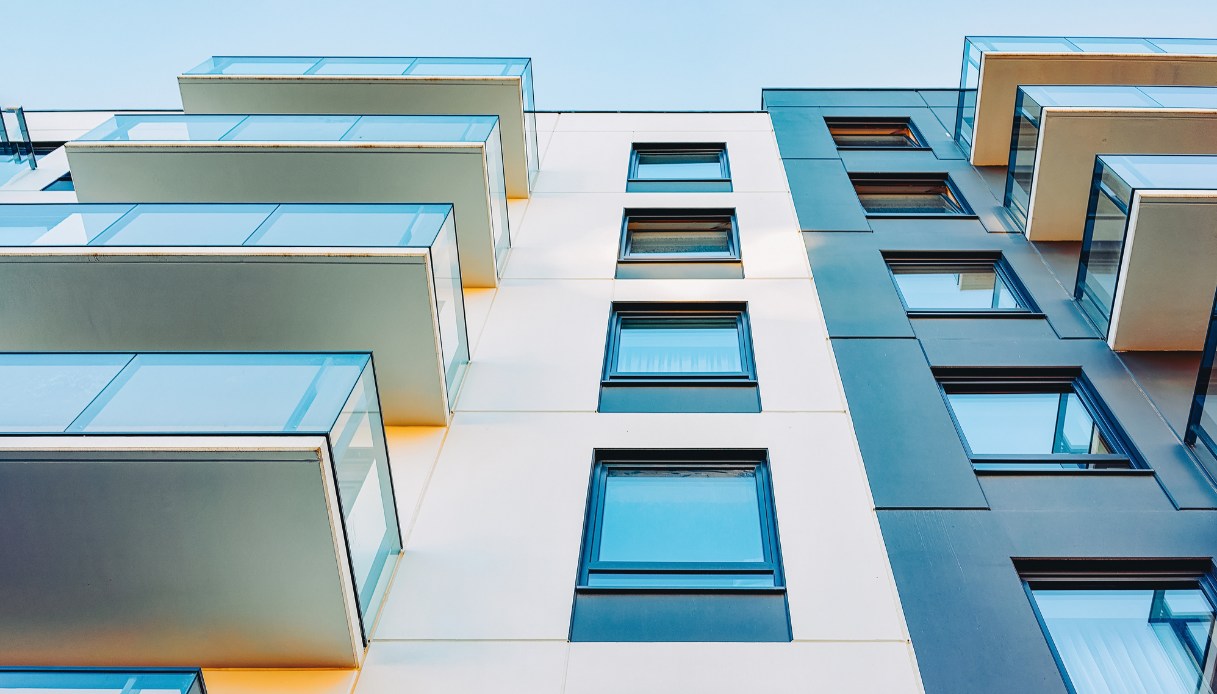With the update of the section on frequently asked questions on the 110% superbonus for sustainable building renovation, the Revenue Agency provides clarifications for cases in which the there is only one owner of the property to be restored, in the absence of a condominium. In that case the request for facilitation is rejected.
As specified by the tax authorities, in fact, the deduction increased by 110% it is not recognized to the taxpayer if he owns the entire building, jointly owned with spouse and children and without any condominium.
This is one of the many different and articulated circumstances that the Agency has found itself facing, to give precise indications regarding the more disparate cases found since the start of the superbonus payment.
Superbonus 110%, for which expenses it is not valid if the owner is unique
Specifically, the tax officials responded to the situation recurring taxpayer co-owner with the spouse and minor children of a whole building, therefore of all the real estate units, autonomously surveyed, in the context of the personal property legal sphere.
Circumstance in which, explains the Revenue Agency in paragraph 1.1 of the circular 24 / E / 2020, it is not allowed to use of the tax relief, neither for the expenses incurred for the works on the thermal coat of the building, nor with regard to the expenses incurred for the replacement of the fixtures, as the building is not constituted in condominium.
Superbonus 110%, the clarifications of the Agenzia dell’Entrate: in case of inheritance
Another recurring circumstance addressed in the frequently asked questions is that of the transmission of the deduction to the heirs in the event of the death of the entitled person. The Agency clarifies that the tax benefit on energy efficiency works is transmitted, entirely and exclusively to the heir which retains the physical and direct possession of the real estate unit, in the case of homes acquired by inheritance or donation.
Going into the specifics of the type of interventions, it is also explained how it is possible replace the old boiler with a new condensing unit with energy class “A”, in combination with the replacement of the windows, obtaining 110% for both interventions, given the costs for the fixtures they enjoy the increased deduction as “towed intervention”.
Finally, the increased deduction is only due when the thermal insulation intervention (coat) is carried out for at least 25% of the total gross dispersing surface of the building, with consequent improvement of two energy classes.
– .


